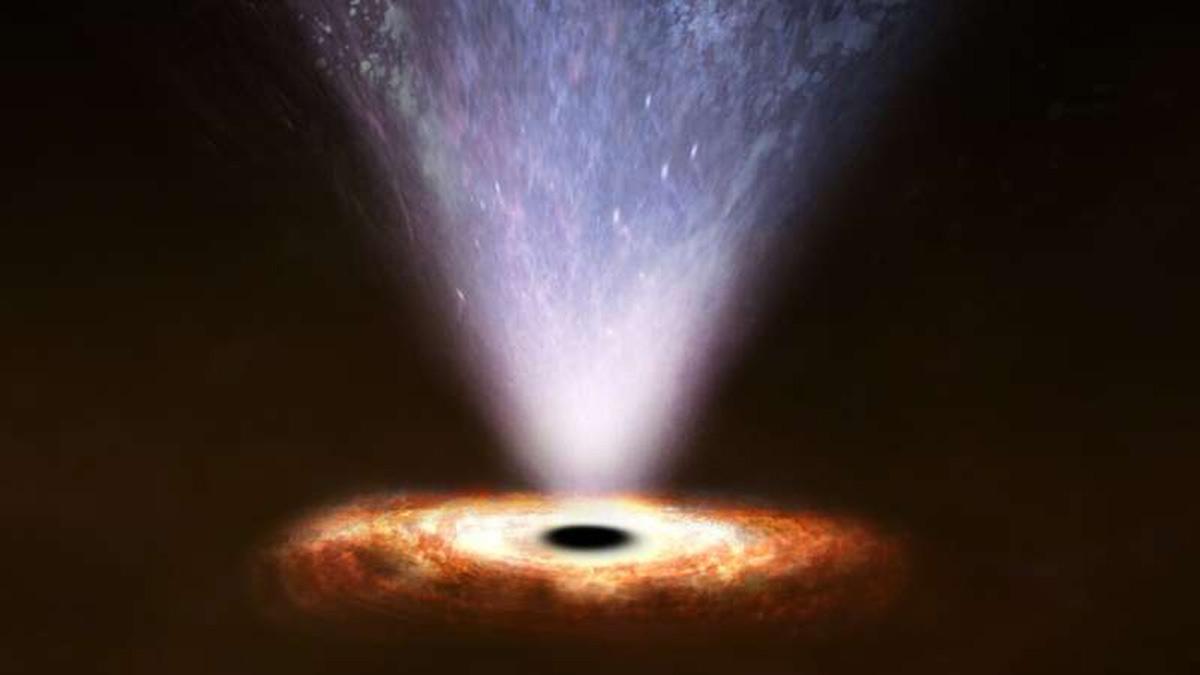Having long probed the matter, Indian astronomers have found a theoretical explanation for an intriguing layer where the rotation profile of the sun changes sharply, an official statement said on Thursday.
It has long been known that the sun's equator spins faster than the poles. However, a peek into the internal rotation of the sun using sound waves revealed the existence of an intriguing layer where its rotation profile changes sharply. This is called the near-surface shear layer (NSSL), and exists very close to the solar surface, where there is an outward decrease in angular velocity.
Understanding NSSL is crucial for the study of several solar phenomena like sunspot formation, and solar cycle, and it will also help in understanding such phenomena in other stars.
Also Read | NASA to take SpaceX flight for Mission to Jupiter's icy moon
Aryabhatta Research Institute of Observational Sciences (ARIES), an autonomous institute under the Centre's Department of Science and Technology, researcher Bibhuti Kumar Jha and senior Indian Institute of Science scientist, Prof Arnab Rai Choudhuri have, for the first time, given the theoretical explanation of the existence of the NSSL in the sun.
In their study, published in the journal Monthly Notices of the Royal Astronomical Society, they have used an equation called the thermal wind balance equation to explain how the slight difference in temperature between solar poles and equator, called thermal wind term, is balanced by the centrifugal force appearing due to solar differential rotation.
"Most scientists believe that this condition is true only in the interior of the Sun, and it does not hold near the solar surface. In this work, the authors have shown that this belief actually holds near the surface as well," the Science and Technology Ministry statement said.


















